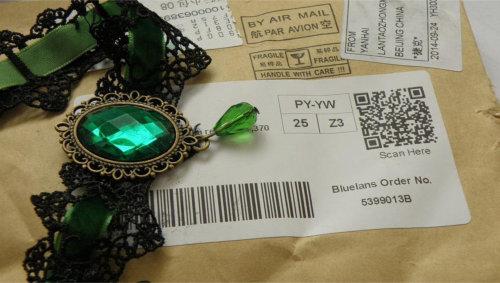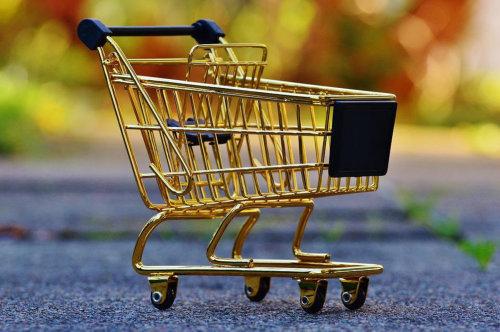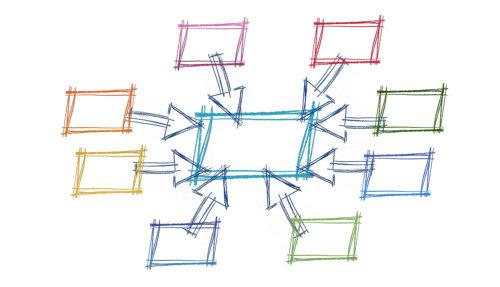GON Reader Question
I have a request/suggestion for a topic that I would like to see you address and that I need help with regarding organization.
For the first time, I want to try to sell some of my possessions online this year. I will be using any money I make to pay bills. I would love to see an article on getting organized to sell online as a novice. For example, how to take and organize photos of items I want to sell.
Let's say 10 items to start. I have receipts for many items and I heard if you sell at or below your cost then you do not declare as income.
On a related topic, perhaps a bit more organizing of data/research to compare costs. How do I determine if my listing on eBay, Poshmark, or a big site will net me enough to make it worthwhile?
Or are local sites like Facebook Marketplace the way to go?
I feel overwhelmed and
really need some help getting organized to start please! I would love it if someone experienced with all of this would be willing to share some tips and advice and maybe dos and don'ts.
Gratefully yours,
-- Elizabeth L
Response from Maria Gracia
Hi Elizabeth,
Thank you for your note. Selling items you own, online, is a good way to declutter and help bring
in some extra needed funds.
1. Take good photos. The first question you asked was in regards to taking photos. Start with the first item you wish to sell. Be sure it's
presentable; clean it, iron it, etc. You can take your photos using your cell phone as long as the quality is excellent.
Before taking the photo, be sure the item is on a plain background;
no clutter. Some items will require more than one photo to give your prospective buyers other perspectives of that item; such as one photo taken of the outside of a cabinet you're offering, and one taken of the inside.
2. Keep the photos organized. After you take the photos and upload them to your computer or the Cloud, be sure you name them so they're easily found later. I would start with the category name, a dash, and then the item name. For instance, appliance-blender, appliance-mixer, etc. Make a digital folder for each category: Appliances, Clothing, Jewelry, etc., and store the photos in their appropriate category.
3. List the item that you're selling. Once you have taken the photos, come up with a price and list that item. You'll need to come up with a clear, enticing description of each item. I
would save each of these descriptions in a document (Word, Google Docs, etc.) so they can be re-used and/or tweaked later. Be sure to include measurements if applicable.
4. Only you
can determine whether it's worth your time and energy. No matter what you're offering, unless it's an item that folks are "breaking down the door to get" (in other words...very popular and very needed), it's going to take time, energy, and often many attempts on many platforms to sell it.
A lot of folks sell on eBay, etc. as a hobby, rather than trying to pay down bills. I'm not telling you this to discourage you, but rather so that your expectations are on track.
Let's say you have an air fryer that's brand new, or like new. You list it on eBay for $90. It takes some time...about two hours to take photos, upload them from your phone to your computer or the Cloud, measure it, come up with a description, and place the listing on several sites.
A few months later, you determine that there's a lot of competition on eBay when it comes to selling air fryers and yours hasn't sold, so you decide to lower the price to $70. The air fryer sells for $70 and let's say it costs $20 for shipping supplies and actual shipping. You're now have
$50 in your pocket.
Is that $50 worth your time and energy. That depends on you and your expectations. Some folks would see that as a huge success. Others will be
disappointed.
Only you can determine your expectations and whether it was worth your time and energy.
5. Selling local. I have sold many items on Facebook using just my personal Facebook page. I have an item to sell, I post a photo or two along with a description, and tell my friends about it.
Very often, if the item is new or in good condition and something that lots of people want, this is a simple, quick way of offering it.
A month before back-to-school season last year, I sold my daughter's 3-year old scientific calculator for about half the price I originally paid for it, in less than 30 minutes. This was to a neighbor who lived a few blocks away.
6. You can also list locally on Facebook Marketplace. I've also sold items using that service, both bigger ticket and smaller ticket items. The nice thing about selling locally is that, very often, boxing and shipping isn't
involved. The buyer picks the item up at your home, or a public space like a store parking lot...or you drop the item at their home.
7. Keep good records. If you're
selling low-ticket items on eBay here and there, the IRS is not going to come knocking on your door. But the more you sell online using web sites like eBay, the more it's going to be important to keep good records.
Since it sounds like you're only planning on doing this to sell your stuff, and not as a business, I would do this in a spreadsheet (like Excel or Google Sheets). Keep track of what you sold, the original cost, how much it sold for, any advertising you paid to sell it, etc.
eBay will send a 1099 to all sellers who receive more than $600 in sales. But you only pay tax on profits. So, if you have a receipt that says you purchased a bike for $300 and then you sold it on eBay for $100, that would generally not be subject to income tax.
Obviously, there is a lot to know when you're selling your possessions online, but I hope this gives you some information you can use to get started.












